Drones equipped with artificial intelligence now enable Permian Basin operators to detect methane leaks in real time, accelerating repair processes and supporting environmental and safety goals. This development builds on partnerships like Chevron’s collaboration with Percepto, which began last year to integrate autonomous drones into field operations.
Strategic Partnerships Drive Adoption
Operators in the Permian Basin actively deploy drones for methane surveillance, reports MRT. Chevron partnered with Percepto last year to use the company’s drones in its operations. Percepto has worked with about four different Permian Basin operators, deploying between 10 and 20 drones equipped with optical gas imaging payloads to survey field activities.
This raises questions about adoption rates across the industry. “There’s always early adapters and latecomers,” observed Jackie Alkobi, marketing manager at Percepto. “Some companies are proceeding cautiously. Each company has their own way of development a business case.”
Percepto established an operational hub in Midland at a client’s request. This hub services drones for all Permian Basin clients. The company maintains charging stations in the field and operates a centralized center in Riviera Beach, Florida. Percepto provides training, maintenance, and operations support.
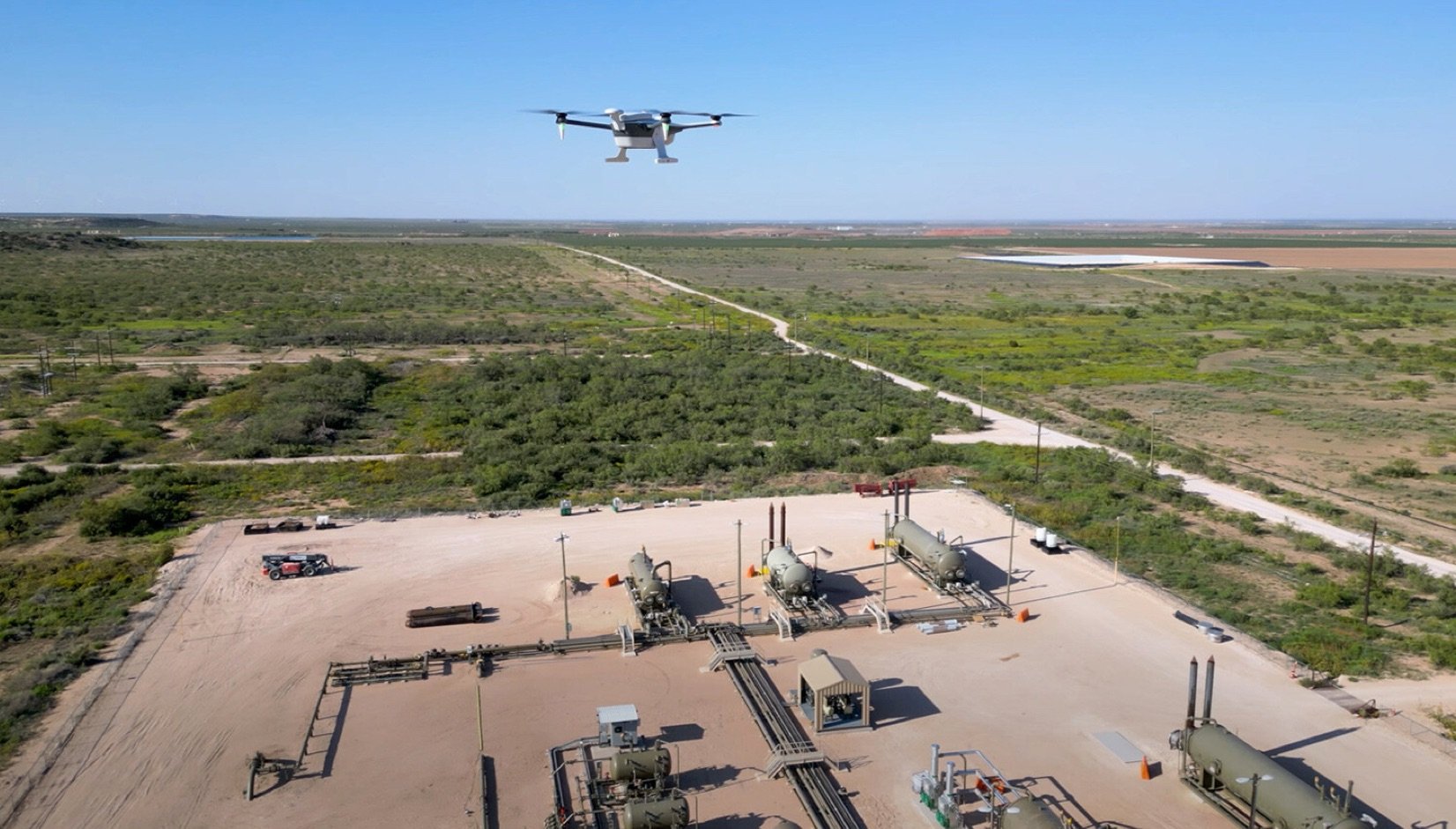
AI Enhances Detection Capabilities
Percepto recently launched an artificial intelligence detector for remote, drone-based methane surveying. The technology flags emissions in real time, providing verified alerts with precise geolocation, timestamps, environmental data, and dwell time.
“It detects the outline of emissions in real time, which speeds up the process of repair,” Alkobi said. This allows operators to respond more focused and efficiently.
From a technical standpoint, the AI algorithm integrates into workflows, but it represents only part of the solution.
“AI is just a piece of the puzzle,” Alkobi said. “We can integrate the data into a workflow that makes sense.”
Operators benefit operationally and economically by conducting high-frequency inspections without overwhelming data volumes. The drones automate surveys, reducing manual efforts and potentially lowering costs over time.
Testing and Regulatory Alignment
Percepto’s autonomous drones completed testing at the Methane Emissions Technology Evaluation Center (METEC) last year. They met and exceeded detection capabilities required for EPA Alternative Test Method certification.
The company submitted its application to the Environmental Protection Agency for approval as alternative monitoring technology under upcoming EPA Subpart OOOOc regulations. This positions the technology to comply with evolving standards.
Even with a new administration, industry commitment to emissions detection persists. Percepto’s systems generate reports that align with regulatory requirements, ensuring operators can demonstrate compliance without disruption.
“From a customer perspective, it’s good for them to detect in real time emissions for the environment, for worker safety,” Alkobi added.
Implications for Drone Users and Industry Trends
Drone professionals and operators gain from these advancements, as AI-outfitted drones mark the next generation of technology for emissions monitoring. They offer precise, autonomous operations that enhance safety by alerting teams to hazards quickly.
Economically, faster leak repairs minimize methane loss, which can translate to retained revenue for operators. Environmentally, reduced emissions contribute to lower greenhouse gas impacts.
Regulatory shifts emphasize the need for reliable detection methods. Percepto’s approach supports this by providing verifiable data, helping users navigate compliance efficiently.
However, challenges remain. Not all companies adopt quickly, and building business cases varies. This technology integrates into existing workflows, but requires initial investment in training and infrastructure.
Overall, AI-powered drones demonstrate practical benefits in real-world applications. They enable proactive management of emissions, balancing operational efficiency with regulatory demands. As deployment expands, these systems could set standards for drone use in energy sectors, offering lessons for recreational pilots interested in advanced tech integrations.
Photos courtesy of Percepto / Chevron / MRT
Discover more from DroneXL.co
Subscribe to get the latest posts sent to your email.
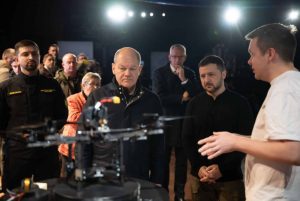
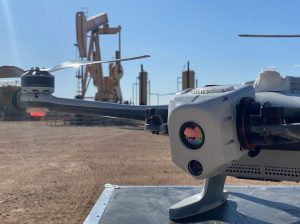
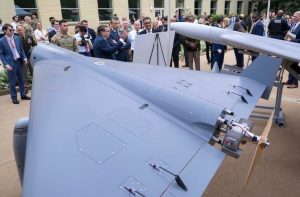

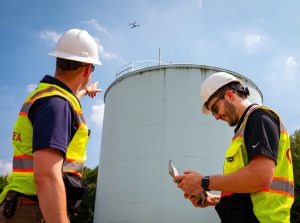



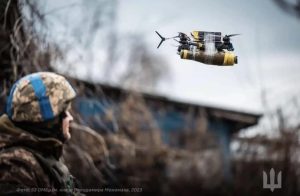
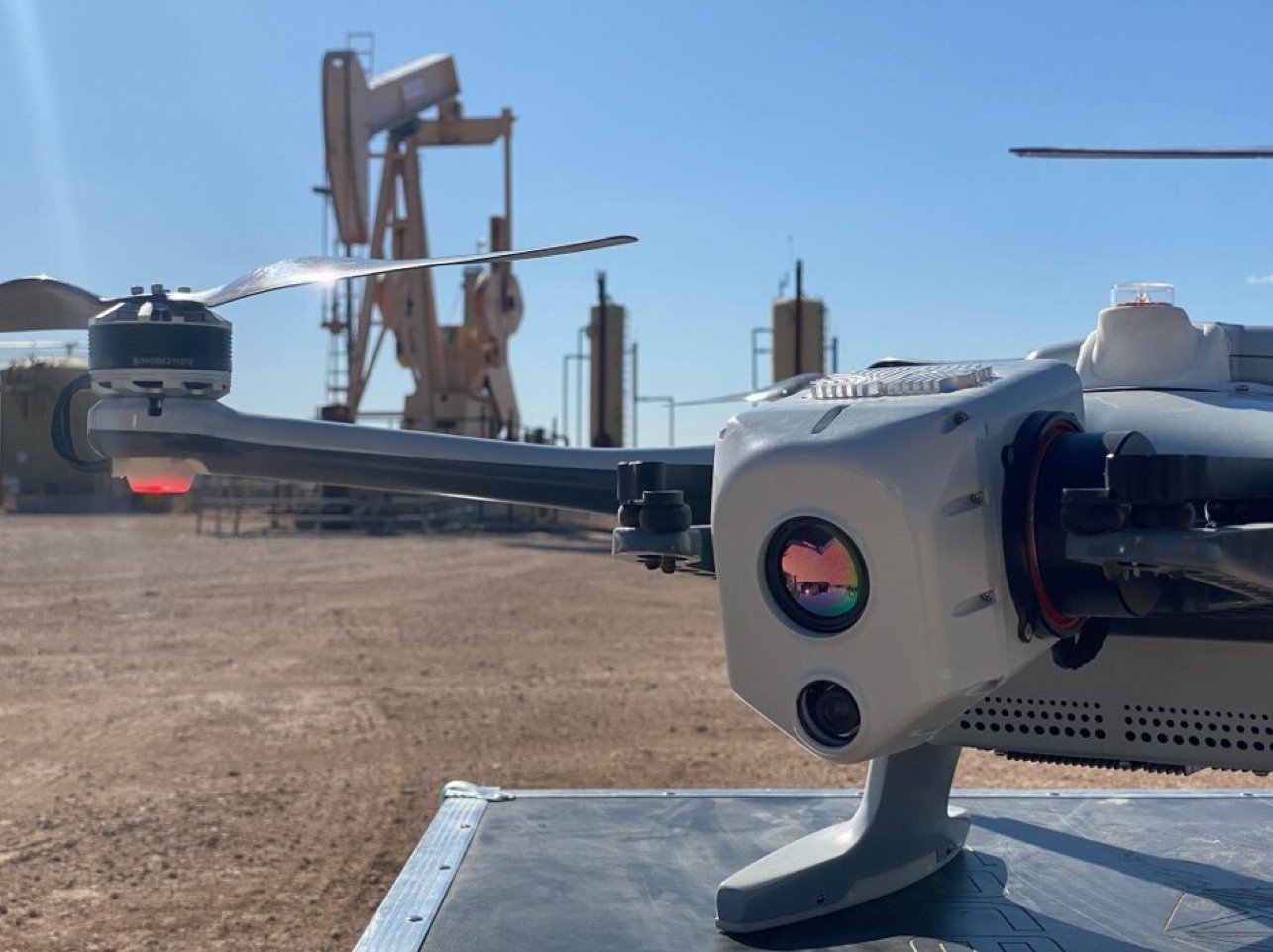
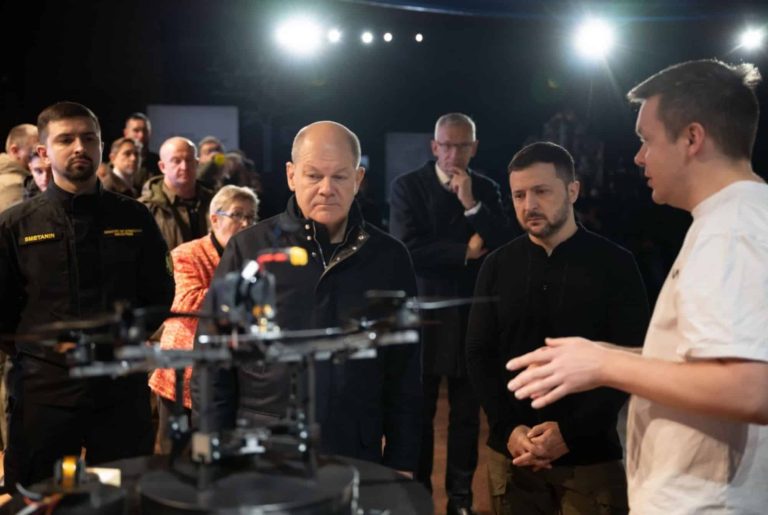
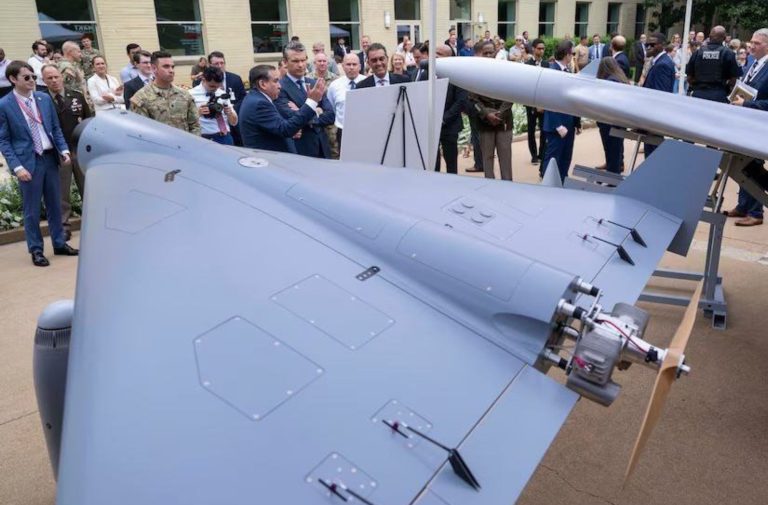
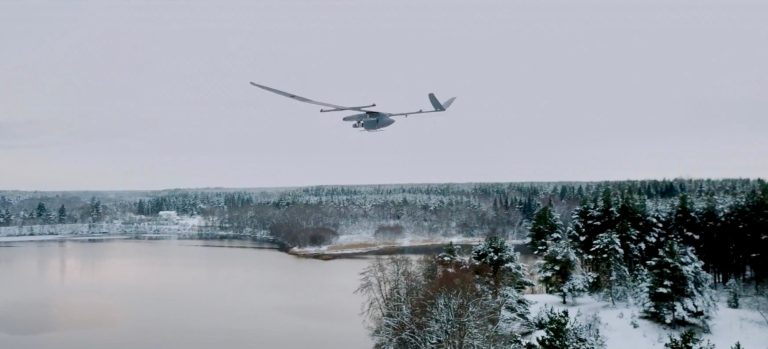
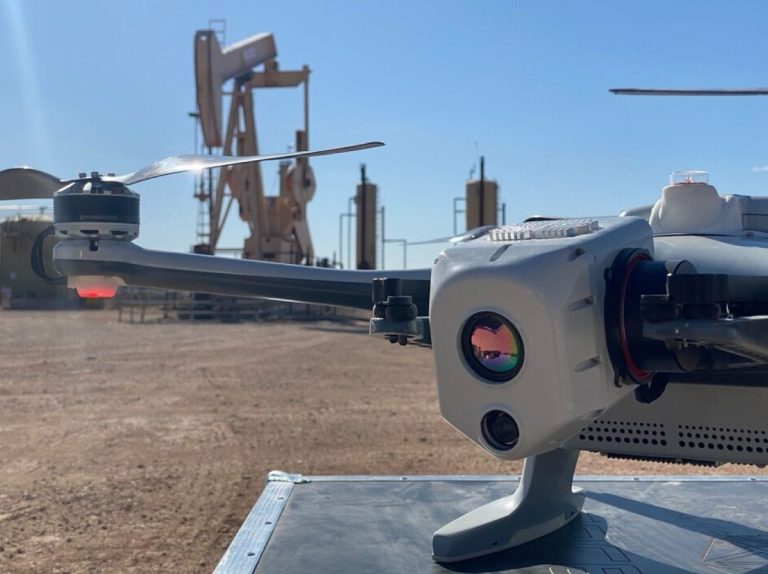
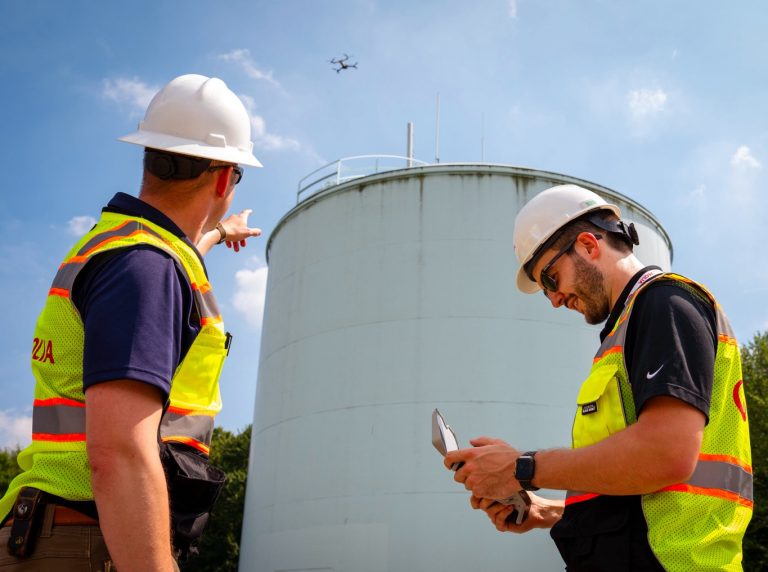
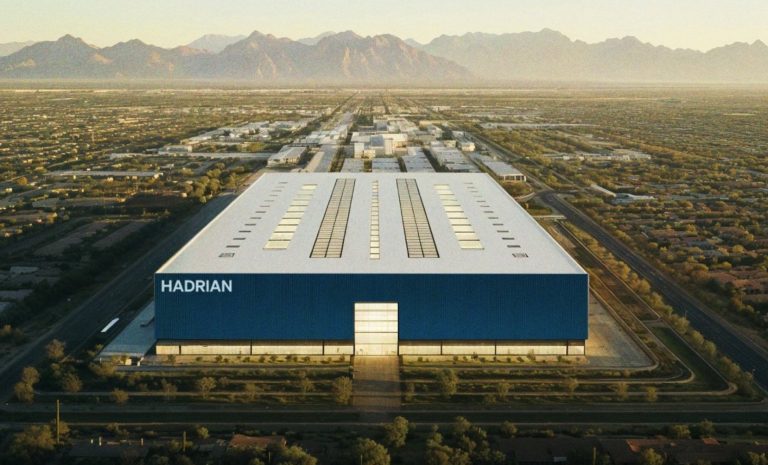

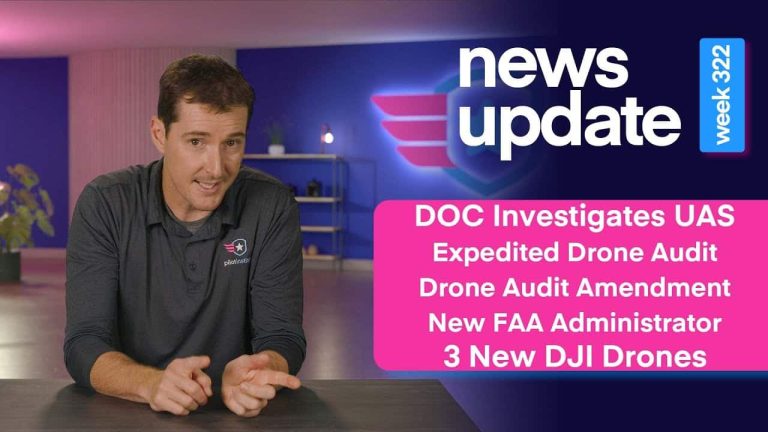
+ There are no comments
Add yours